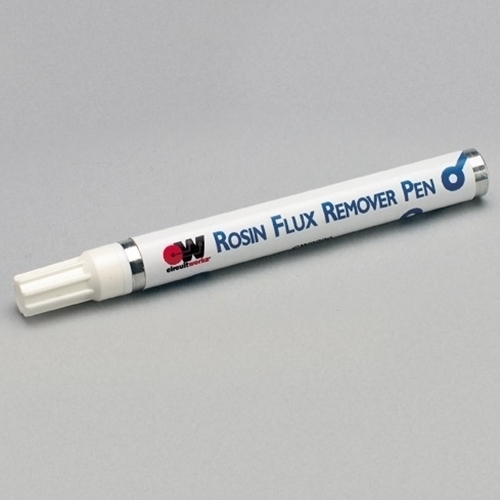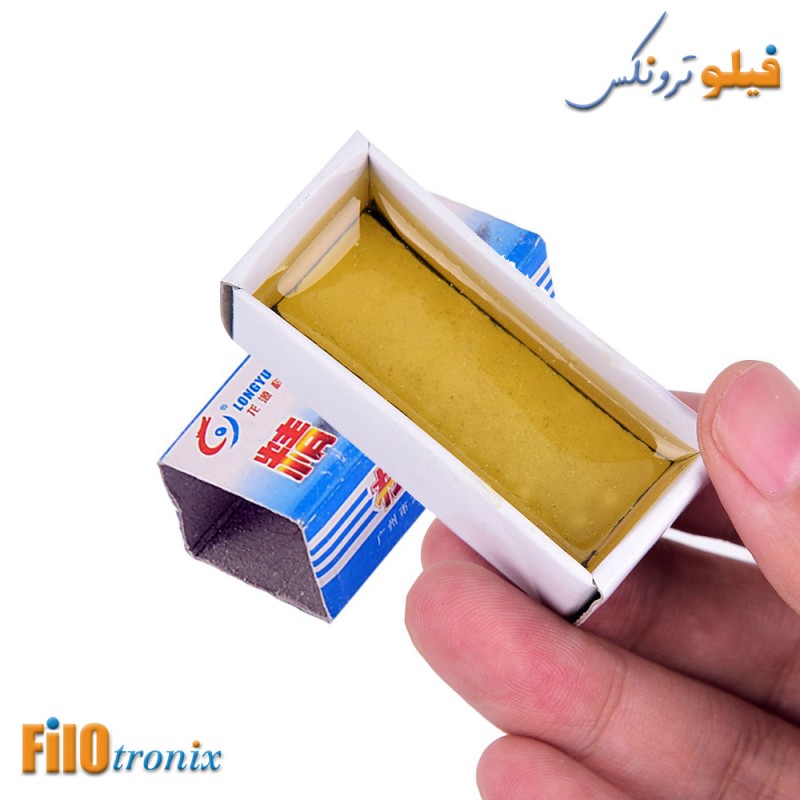


I am unfamiliar with the Kester product range, however I am assuming that the flux residues you require removing are soluble in the RHO-TRON you mention.

Could you advice if our process is right, and could you recommend any better solutions and/or processes.Ĭristek Interconnect, Inc. After soldering we using Vapor Degreaser process with RHO-TRON 225 AES-L to clean up the flux. For Soldering on our production lines we using Kester Solder SN 63 Pb 37 with Flux "245" No clean, in addition we using Kester Flux 959, 977 & 2331-ZX. However, if your supplier cannot help you, it is time to find someone who knows his products with knowledgeable tech service people who can solve product problems. If you use low residue, non-corrosive fluxes, you can chemically strip any residue totally from the surfaces. note: Sorry, that URL is no longer functional. For more detailed info, try searching the IPC Technet at Įd. In all this, it is much better to clean the flux immediately after soldering. In the circuit board assembly industry there are also aqueous cleaners which effectively remove rosin core flux. There are also other solvent degreasers which go after flux, like Genesolv. A number of manufacturers make vapor-degreasers with isopropyl that meet BACT. Typically now that's not efficient, based on VOC regs and waste disposal costs, but compared to the extremely labor-intensive blast, it might be worthwhile exploring. In the old days rosin core was often cleaned with isopropyl alcohol. Even though the waste treatment process is simple and effective, it will be a part of the overall cost.Ī. The waste stream will have copper in it and so will require treatment before the waste water can be discharge to a POTW. If you do not have a waste water treatment plant for removal of metals, the potential downside is the effluent from the process. The process leaves copper parts extremely smooth and bright. It is used in vibratory machines to clean copper pipe fittings of drawing compounds, solder flux and oxide coatings. REM Chemicals in Southington, CT has a process called Coppermil. This imparts a protective neutral surface that retards re-oxidation. The 2nd step is to flush out the active chemistry from the vibratory machine with a neutral chemistry. The first step is an active chemistry that removes the flux and generally clean the parts of any oxide surface. It is a 2 step process that is performed in the same vibratory machine. If your parts can be vibratory finished, I believe this will work.


 0 kommentar(er)
0 kommentar(er)
